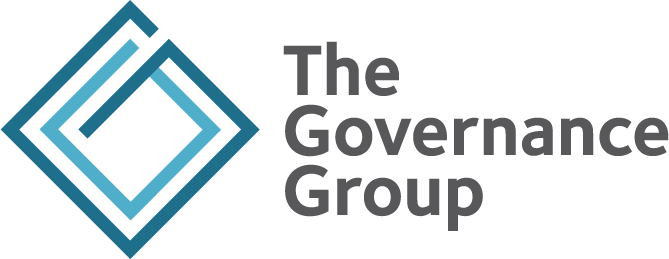It can be challenging for volunteer boards when they hire staff and move from an “all hands on deck” working board model to a governance model. It makes a lot of sense to move this direction because it enables the organization to grow and be more effective, but it can provide some significant stress along the way. As a board, and as individual board members, some of the changes required are structural in nature while some are more behavioral. Based on my experience, the following are items I believe are worthy of discussion.
- Board responsibility. In the governance model the board needs to focus more on direction, strategy and risk. With staff in place the board no longer has to concern itself with how the day to day operations get carried out. They need to clearly articulate to the staff, what the outcomes are that the board wishes to see, and they should be measuring how well the staff are doing at achieving these outcomes.
- Standing committees versus task forces. As you evolve from a working board to a full governance board, there is less of a need for standing committees. These committees served their purpose fine when there were no staff but moving forward there is less need for them. From a “best practice” perspective the only two standing committees that are really required is a Governance/Policy Committee and a Finance Committee. Task forces can be developed for significant initiatives that the board wishes to advance in situations where there isn’t quite enough staff capacity to facilitate the initiative. An important point here is that the task forces, and the work they do are accountable to the Executive Director and not the board.
- Board composition. In the working board model, it is beneficial to attract board members that possess specific skills and expertise, such as marketing, HR and law. This type of functional expertise is very important and valuable when the board members are doing all of the day to day work. Moving forward, the skills and attributes that are valuable in a governance board are quite different. Governance boards need people with skills in policy development, strategic planning and governance. Finding people that not only possess these skills, but are well connected to the community, accelerates the development towards a high functioning governance board.
In order for volunteer boards to efficiently move from working boards to highly effective governance boards, each board member needs a clear picture (a vision) of what the work will look like at the board table. It also takes some real discipline for the board to let go of the day to day work so the staff can step in and do their job well.
If your board is taking these steps from a working board to a governance board, let me know if you’d like to discuss these items or any other issues that might be preventing your board from working effectively and efficiently.
I’d love to help you out. colin@colinsauerconsulting.com
